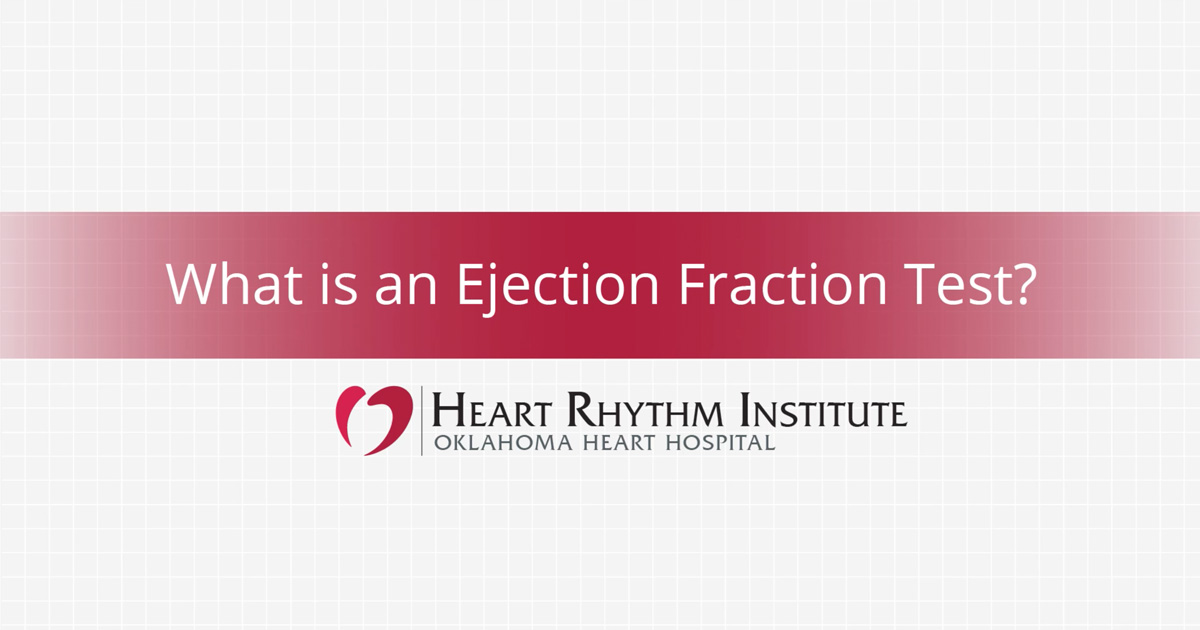What is Ejection Fraction?

When treating health concerns that may impact the heart, it’s important for doctors to know how well a patient’s heart works. Enter the ejection fraction, a calculation that helps doctors measure the efficiency of the heart. The heart has both a left ejection fraction and a right ejection fraction since each side of the heart pumps separately — the left side of the heart pumps blood to the brain and throughout the body, while the right side of the heart pumps blood to the lungs. In most cases the term “ejection fraction” means left ventricle ejection fraction.
Ejection fraction is calculated by the amount of blood pumped out of the heart with each beat divided by the amount of blood in the heart at its fullest. In other words, ejection fraction measures what percent of the blood in the heart is pumped out when the heart beats. A normal range for ejection fraction is 65 percent, plus or minus 12. That means that normal, healthy hearts only pump about 65 percent of the blood out of their heart with each beat.
There are multiple ways to measure ejection fraction, including:
- Echocardiogram (ultrasound of the heart)
- Cardiac MRI
- CT scan of the heart
- Cardiac catheterization
- MUGA Scan (multiple gated acquisition, also known as nuclear ventriculogram)
Of these tests, the echocardiogram is the most commonly used measurement for ejection fraction, but it is also the least precise and least reproducible measurement. A cardiac MRI is the most accurate test, but it is also the most difficult to perform. A CT scan or a cardiac catheterization can also measure the ejection fraction, although the measurement is typically a byproduct of those tests, rather than the primary purpose.
Another test option to measure ejection fraction is a MUGA scan, or multiple gated acquisition, also known as a nuclear ventriculogram. In this test, the patient’s blood is tagged with small amounts of a radioactive substance that allows the physician to see the blood in the heart at each point during a heart beat using a special camera. The results of the MUGA scan are highly accurate and reliable because the size and shape of the heart does not impact the results, as can occur with other tests. The MUGA scan is a same-day procedure that takes about an hour for the patient. A computer image of the heart’s function is constructed from the photos taken, which provides a complete view of how the heart pumps blood to the body.
To learn more about procedures to measure ejection fraction, contact the Oklahoma Heart Hospital today.
